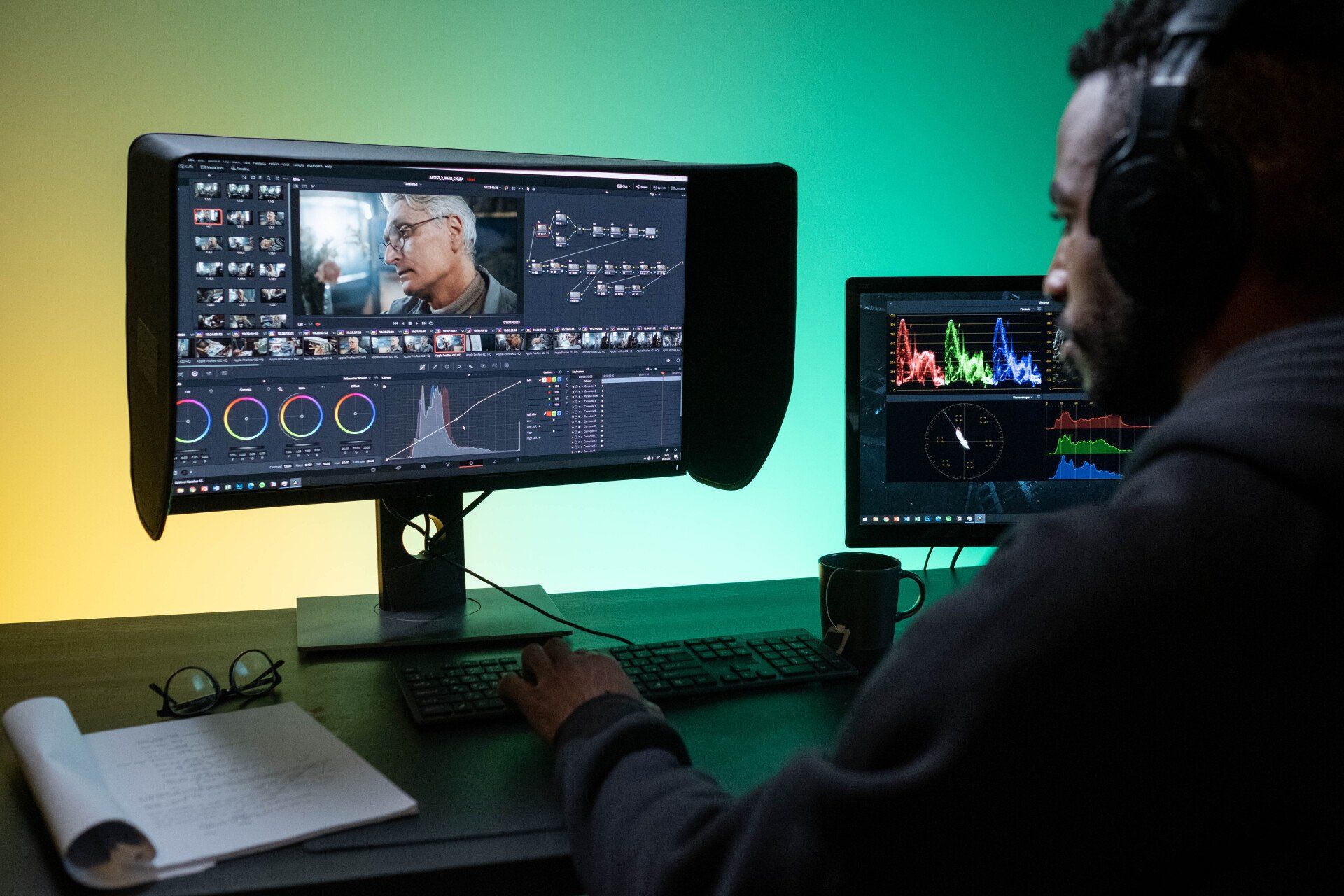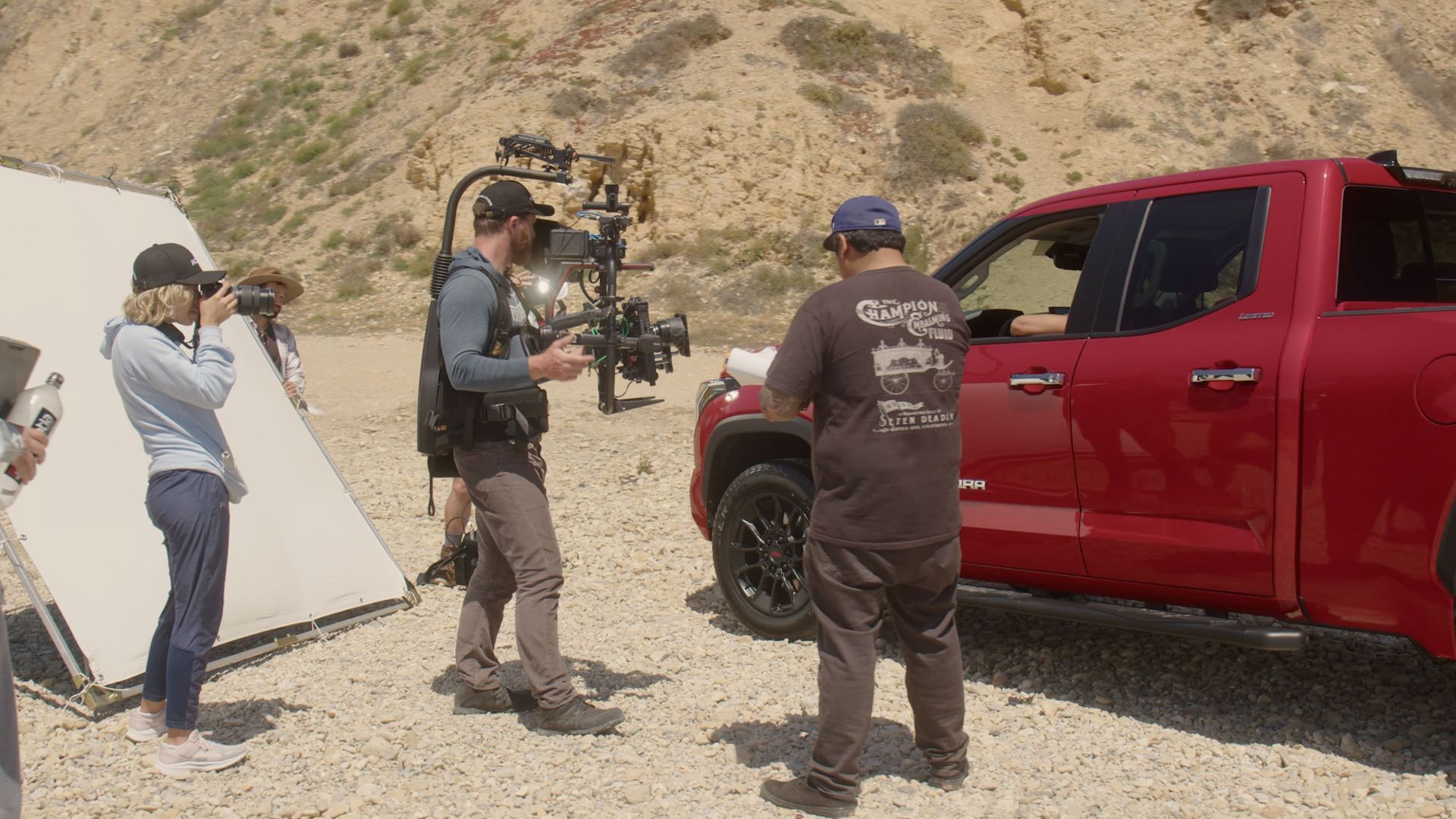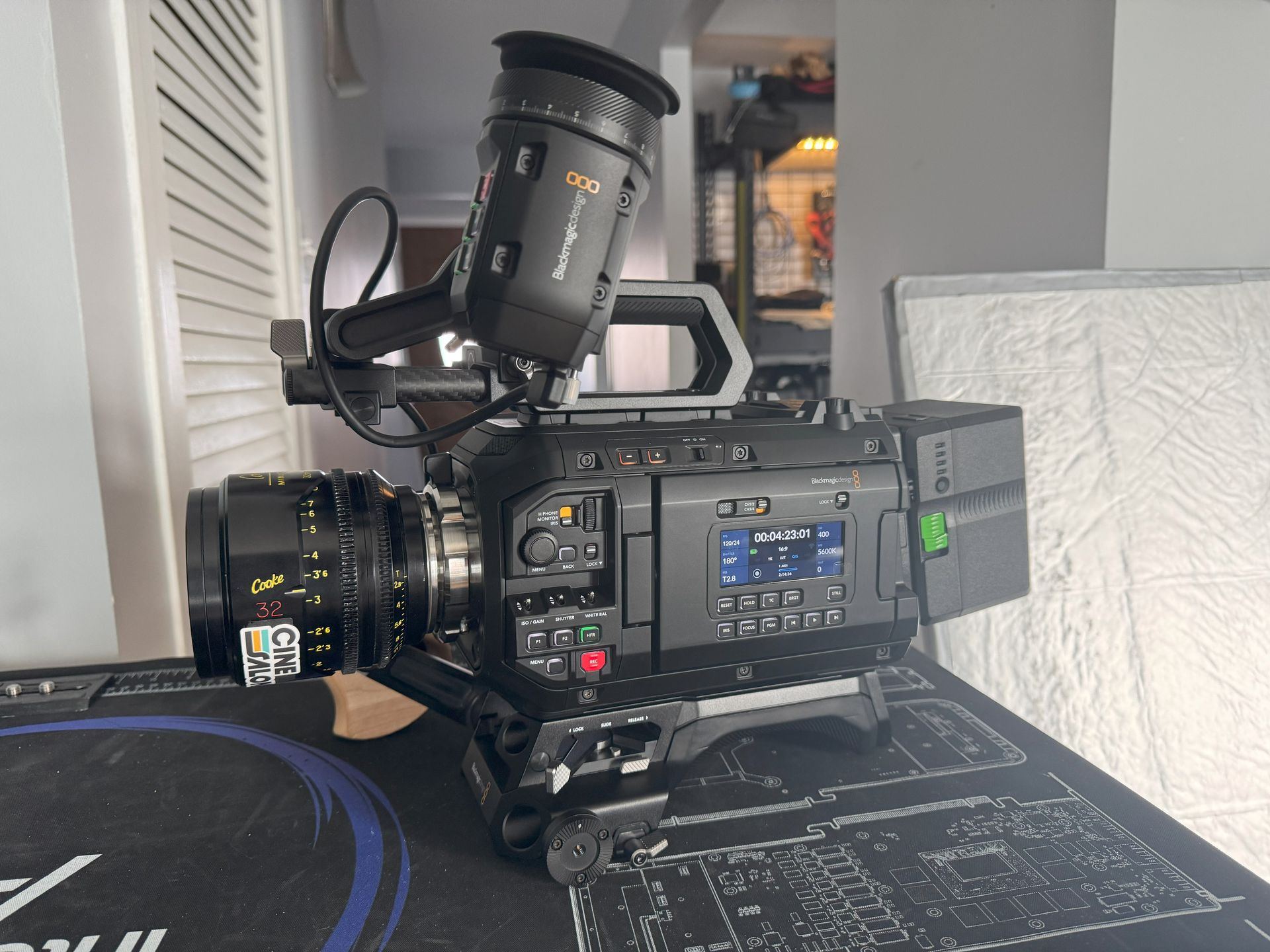
Several factors determine the cost of video editing. Understanding the factors that influence these rates, how the pricing structure works, and what you should know when hiring a video editor is important. This blog will discuss essential elements of video editing costs, including rate determinants, pricing models, industry standards, software impacts, additional charges, customer considerations, market alternatives, and tips for getting cheaper deals.
Factors That Affect Video Editing Prices
The Editor’s Experience and Skill Level
The video editing cost may be affected by their experience and the level of skill they have attained. Highly experienced editors with advanced skills are usually more expensive because they deliver quality work quickly. On the other hand, novice editors might charge lower prices since they still need to build their portfolio and gain some ‘mileage.’
Project Complexity
For example, those needing intricate editing, special effects, or detailed post-production work would typically be priced higher than simpler ones.
Video Duration
Also affecting rates is how long your film lasts on screen before being reviewed by viewers. In most cases, longer videos will take more time to edit, raising the overall production cost, while shorter ones will not require much from the editor, thus reducing costs.
Additional Services
Rates for video editing services may also increase depending on whether or not such enhancements are required. These could include color grading, special effects, and sound mixing, which could demand specialized skills or tools, therefore adding up in fees payable upon completion.
The more enhancements you request for your videos regarding unique features incorporated into them, the higher the editing fees.
Client Revisions and Feedback
Video editing prices may be influenced by client feedback and revision requests. For instance, if the customer requests several revisions or wants too many changes to be made, the editor will charge more to cover for the extra time and energy expended.
To keep the costs of editing within limits, it is necessary that a client communicates well and gives clear instructions in advance.
Deadline and Turnaround Time
Your project's deadline or turnaround time also affects how high editing costs could go. Editors increase their rates when they rush work or have tight deadlines, meaning they must put their work before others. To control expenses incurred during editing, one should plan early enough to allow reasonable turnover times.
Quality of Source Material
The quality of source material given for processing can determine how much shall be used in edits.
If the material is clean and has good camera shots, it requires little else, but then it will cost less compared to poorly shot ones, calling for a lot of cleaning up and improvement. Such cleaner materials tend towards easier editing, hence shortening overall charges.
Licensing and Copyright
Video editing prices can vary depending on whether licensing requirements must be met for copyright reasons. Consequently, using copyrighted music images or any other materials means that an extra cost must be borne for licensing purposes, thus increasing its fee generally.
Therefore, one has to ensure that all permissions and licenses have been acquired properly so as not to incur unexpected costs involving copyright infringement cases.

Average Video Editing Costs by Project Type
Corporate Videos
Businesses use corporate videos for marketing, training employees, or internal communication.
The average cost for editing a corporate video may vary anywhere from $500 to above $5k depending on such aspects as the duration of the film, the nature of its contents’ complexity towards brand identity’s part in it that requires animating or graphics plus post-production like voice-overs and music licensing.
To effectively communicate their brand message while ensuring audience interaction with their target market professionals, polished corporate videos may be required through professional editing.
YouTube Content
This comprises various types of content people make, including vlogs, tutorials, and reviews, among others meant for viewing online.
On average, YouTube video editing prices are in the range of $50 to 500$, depending upon the length of film footage, style applied during the cutting process, utilization of animations or effects, and frequency of posting activities (in number per week).
Cheap yet improved quality is preferred by many producers who, therefore, consider inexpensive ways to upgrade their footage when they are on tight budgets.
Short Films
Short films are creative works that tell stories within a compressed time frame.
Short movie editing costs range between $500 and around $5k based on features such as length, complicated techniques required in making edits, VFX needed, sound design requirements, post-production services like color grading in addition to audio enhancements, etc. Filmmakers might hire skilled editors to bring out intended messages to life and make these stories presentable.
Social Media Content
Social media content consists of videos made for Instagram, Facebook, TikTok, and Twitter to engage an online audience.
On average, you can edit social media content at a cost ranging from 20-200 dollars per video depending on factors like duration, editing style (e.g., fast-paced cuts or storytelling), captions or subtitles, and incorporation of branding elements.
A Commercial Video producer always seeks affordable editing solutions to increase their visual appeal and enhance their presence on video platforms while remaining within budget constraints.
Pricing Structures
Hourly Rates (Ranging from $20 to $150)
Video editing hourly rates usually vary from $20 to $ 150$ depending on the editor’s experience, skill levels, and location. The payment is based on the time editors spend working with respective clients.
Fixed Project Rates
In fixed project pricing models, the entire video editing project is assigned a predetermined price regardless of the time invested in it. This way, one knows what they are paying for right up front since this method sets out costs clearly when there is a well-defined scope; an editor may charge $500 whether they take two or ten hours.
Knowing these rates will enable you to select the best video editing services. Whether you decide on hourly billing or lump sum contracts or have to consider extra costs like expedited service charges, talking about prices at the beginning and clarifying them can help make video editing a transparent process.
Industry Standards and Averages
Different Rates for Various Types of Videos (e.g., Wedding, Corporate Ads, YouTube Clips)
Video editing rates may vary depending on what type of edit is required. For instance, doing post-production work on a matrimonial ceremony will be different from commercial advertisements or Vimeo or YouTube clips. The wedding one commonly involves emotive narrative development and elaborate cutting, making it more expensive. Corporate ads may require a more polished and professional look, thus impacting the editing costs. On the other hand, YouTube clips might be less intricate in their requirements, affecting pricing as well.
Location-Based Variances in Rates (e.g., New York City vs. Smaller Towns)
Besides, location also brings differences in video editing costs offered by editors across different places. Editors based in cities such as New York City would charge higher amounts than those staying in small towns and rural regions. Pricing policy can be affected by living standards, demand for this kind of service, and the level of competition within a particular area. Therefore, when budgeting for any video-editing endeavors, it’s essential to consider these differences based on location.
Average Rates for Different Skill Levels (Beginner, Intermediate, Expert)
Also, video editing costs may change depending on the skill of an editor. Beginners may offer lower rates as they start their careers and build their portfolios. On the other hand, intermediate editors with more time in service might charge moderate amounts. In contrast, expert ones with high proficiency and well-known reputations within the field could be expensive. In this case, knowing a person’s skill level can help identify whether they are appropriate for a given budget.
Specialized Categories and Their Average Rates (Personal Videos, Wedding Edits, Branded Videos)
Within the video editing industry, specific categories, such as personal videos, wedding edits, and branded videos, generally have different average rates. For instance, personal videos for social media platforms usually have cheaper video editing costs than wedding clips, which need intensive storytelling and emotional cutting. Alternatively, brands’ videos designed for enterprises can include additional details such as graphics, making them generally expensive. Understanding the mean prices for these niche segments will show you how much it will cost you to complete your unique project.
Understanding these industry standards and averages will enable you to negotiate through the pricing landscape of video editing services. Considering differing charges for various types of videos, location-based variances in rates, levels of expertise required, and specialized categories, among others, can make getting a good video editor for your projects more accessible.

Software and Tools Impacting Costs
Professional-grade software (e.g., Adobe Premiere Pro, Final Cut Pro)
Pro vs. Consumer Software
The project's cost can be influenced by which software is selected for video editing. For example, Adobe Premiere Pro and Final Cut Pro are industry-standard tools with high-end features and capabilities. To compensate for licensing, training, and experience with these programs, editors who use these pro-grade software may command higher rates from their clients. However, choosing an editor with premium software means paying more for editing but guarantees high-quality results.
Open Source Software
By contrast, open-source software such as Shotcut or DaVinci Resolve can be used by editors at a lower cost because they are free and offer professional-level editing options. Clients can expect some savings in terms of expenses because they do not have to purchase licenses for these projects while still working with an editor who uses open-source tools. So, striving to find a budget-friendly editor using open-source software does not compromise the quality of the end product.
Subscriptions Based Software
Editors who utilize subscription-based video editing software like Adobe Creative Cloud may be forced to raise prices slightly because this pricing model necessitates recurrent subscription expenditures. Although marginally higher rates might be experienced when working with editors using subscription-based software models due to the persistent expenses involved, subscription-based software frequently comes with regular updates and the latest add-ons, enabling customers to enjoy the best possible services.
Tailor-made tools & plugins
These specialized tools and plugins inside a preferred software program increase the charges an editor imposes since he has to pay for them, too, lest he incurs losses in his business. Advanced color grading tools, special effects, or audio enhancements may improve the final output without adding extra payment. Therefore, clients should also enquire about any specialized tools or plugins enlisted by such editors, thus knowing how they impact the project's total cost.

Additional Charges and Transparency
B-Roll Edits
B-roll footage is extra or supplementary raw footage videos customarily used to supplement the main footage in the video. Editing b-roll footage entails picking, cutting, and adding these additional shots into the final video to add depth and visual interest. Editors incorporate these elements at an extra cost because they require time and skill. To ensure pricing transparency, clients should inquire if B-Roll edits are necessary and associated costs.
Effects
Special effects like transitions, animations, visual enhancements, and text overlays can be applied to enhance a video’s quality and impact. Depending on the editor's abilities and tools, inserting special effects into a video may involve some charges. The cost of editing may vary based on how complex or intricate the client intends the impact to be included in their videos. In this regard, clients must reveal their preferred effects style early in the project to understand if any extra charges will be involved, hence transparent pricing.
Sound Mixing
This involves adjusting audio components such as dialogue, music background sound effects, or even ambient noise to create a unified sound experience in a video clip. Editors might request more money when providing this service due to their technical expertise required alongside special software facilitating the professional types of sounds.
Consequently, customers who want high-quality sound for their videos must be aware that sound mixing may increase overall costs; therefore, discuss this requirement with an editor to avoid pricing surprises.
Color Grading
Color grading is the process whereby the color and tone of a video are altered or enhanced to achieve a particular look or mood. Color grading services may attract extra pay because of detailed adjustments in color balance, contrast levels, intensity, and general visual feel, which editors carry out here to determine the final cost.
Color grading seekers who want to improve visual attractiveness within videos must ask about terms concerning this solution since additional payments could have been attached hereto, ensuring transparent pricing.

Importance of Transparent Pricing to Avoid Unexpected Video Editing Costs
Clarity in Pricing
Transparent pricing in video editing ensures that clients understand the costs involved in their projects upfront.
Clients avoid any surprise billing they may incur by clearly indicating how much is charged for what. Through this transparency, it will be possible to establish a positive working relationship between the client and editor through trust.
Avoiding Hidden Fees
Transparent pricing helps prevent hidden fees that may arise during the editing process. When all the potential charges like additional services, rush fees, or specialized editing tasks are stated, a customer can make informed decisions without unexpected costs appearing afterward.
It also helps to clearly communicate the price details at the beginning to avoid misunderstandings that could make the editing process run smoothly.
Budget Management
Transparent pricing allows clients to manage their budgets more effectively. Clients can quickly know the exact prices for different editing services; hence, they can decide on priorities, allocate their resources accordingly, and plan for any other unplanned expenses that might occur anytime during production time.
In addition, these clear cost guidelines help customers avoid overspending on video editing since that’s not practically possible since everyone has their limits.
Building Trust
Transparent pricing engenders trust and openness in financial matters between clients and editors. When clients are confident of the fairness of the prices they are charged, are sure that costs have been honestly determined, and feel assured that the process has been transparent, they trust the editor with their projects more.
This ensures a successful collaboration between two parties whereby both parties agree to one another’s expectations and costs.
Buyer Satisfaction
Ultimately, Transparent pricing leads to more significant customer satisfaction. If clients understand pricing enough to be comfortable with it and there are no surprises when invoiced for editing services rendered, then such customers will be happier.
As a result, they may come back for more business, recommend others to the same editor, and endorse them among colleagues.

Customer’s Consideration
Scope of Project Understanding To Choose Between Hourly Rates And Fixed Fees
Clients should closely examine their video editing projects before selecting appropriate hourly rates or fixed fees.
Clients pay only for actual time spent on their projects; hence, hourly rates make sense in case there is ambiguity regarding delivery dates or several rounds of changes requested by customers.
On the other hand, fixed fees offer cost predictability, making them ideal for projects with definite scopes and budgets.
Project Complexity Matching With Client Budgets on Rates
Video editing rates can be customized depending on a client’s budget constraints and complexity levels within an assignment.
Dealing with such work also requires skills beyond any other everyday task while working in this area. Also, by offering customized rate cards or suggesting cost-effective options without sacrificing quality, editors can help balance out these factors in consultation with clients so as not to end up with a highly-priced product that cannot meet the project’s objectives. With this, clients get value for their money while still attaining their project goals.
Communication and Collaboration
Pricing considerations heavily rely on effective communication and collaboration between clients and editors. Clients should communicate openly with the editor about what they want to achieve, their budget constraints, and completion time for the work, among other things, to ensure mutual understanding.
The customers can, therefore, improve their editing process by ensuring they engage in ongoing communication to address any issues or provide feedback that may help them develop successful outcomes corresponding to the agreed prices.
Flexibility in Pricing Negotiations
Clients should always feel like they have a say regarding pricing, depending on what is most suitable for their circumstances or needs. For example, editors may consider reducing rates and giving discounts when engaged in long-term projects, bulk editing services, or where existing clients make referrals.
Being open to negotiation over price terms could lead to mutually satisfying agreements aligned with both parties’ interests without affecting the quality of editing provided within an acceptable budget.

How To Get a Good Deal
Searching through Online Forums for Offers
When you want affordable video editing services, exploring different online marketplaces where editors advertise their services would be worth exploring. Many online platforms such as Upwork, Fiverr, and Freelancer host various editors of varying levels of expertise, charging differently.
By comparing prices from different places, reading reviews, and checking portfolios on these sites, one can finally obtain competitive deals based on their budget and project requirements.
Using Video Editing Services That Have Transparent Pricing Models
Clients can prevent surprise charges and ensure transparency in billing by opting for video editing services with transparent pricing structures.
Clients learn how much their projects cost when editors give the prices they charge, add-ons with additional fees, and types of tariffs. Transparent pricing enables clients to plan appropriately, be informed, and avoid surprises in the pricing process, leading to editing.
Seeking Referrals and Recommendations
To find affordable and reliable video editing services, friends, colleagues, or online communities can offer recommendations. Clients can make wise decisions about service providers as personal referrals usually give insights into work quality, professionalism, and rates charged by an editor.
Word-of-mouth referrals may lead clients to editors providing competitive prices and quality results, ensuring a good editing experience.
Negotiating Rates
Clients should discuss rates with their editors to reach a pricing agreement suitable for both parties. Depending on the nature of the project, budget constraints and the possibility of a long-term association between editors and clients’ rates can be adjusted downwards or discounted accordingly.
If handled mutually respectfully, these discussions can help customers achieve favorable costs while staying within their financial limits through offers such as cheaper packages or other value additions.
Bundle Services for Cost Savings
Sometimes, it may be better for customers to combine multiple video editing services since this might lower overall costs.
Editors may decide to slash some costs on package deals that combine activities such as video editing, color grading, or sound mixing alongside special effects. Besides facilitating the ease of organizing edits into comprehensive solutions at lower fees per package.
Consider Student or Beginner Editors
For individuals working on a tight budget, hiring newbie student editors could save expenses, especially if they do not need to engage professional experts. During these times, younger artists typically have fair price tags accompanied by high-quality works, which they apply during their video-making tasks.
A valuable relationship between clients willing to pay less but still receive the desired outcomes and editors trying to build a base for their future careers.
Final Words on Video Editing Costs
Clients must know the mean cost of video editing across projects before they can create good videos without overstretching their spending. For example, wedding films and corporate engagements have different prices from YouTube blog content, short movies, and social network creation. With such familiarity, clients can choose which professionals to hire depending on their requirements and financial possibilities.
You can always contact us if you need any advice in video production or require assistance navigating video editing costs for your project. Our team is dedicated to giving you relevant recommendations and guidance to help you achieve your goals more efficiently in video editing.

Get total clarity on your video marketing and paid media with our FREE comprehensive data audit.







